Carcabuey in the Sierra Subbéticas Geopark in Cordoba province, Andalucia, is surrounded by rugged mountains and olive groves.
By Nick Nutter | Updated 25 Aug 2022 | Córdoba | Villages |
Login to add to YOUR Favourites or Read Later
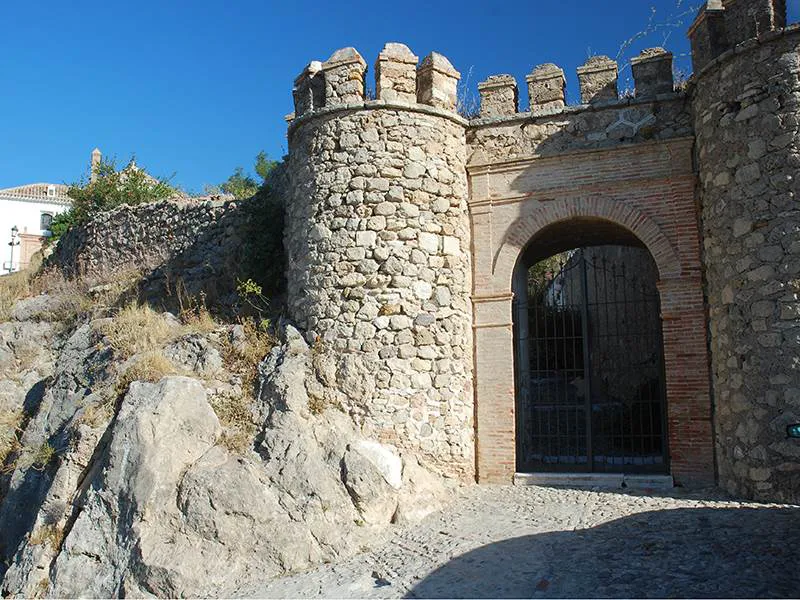
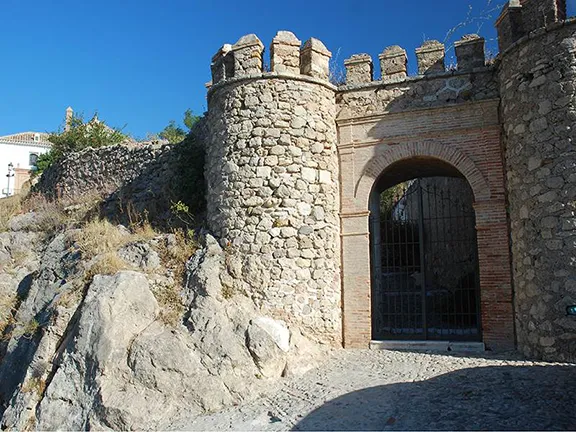
Castle gates Carcabuey
Deep in the heart of the Sierra Subbéticas in Córdoba province is the tiny village of Carcabuey. Surrounded by rugged mountains and olive groves, it has provided sanctuary for humans for at least 3500 years. A bronze sword found at Carcabuey, dated to 1200 BC is kept in the British Museum in London.
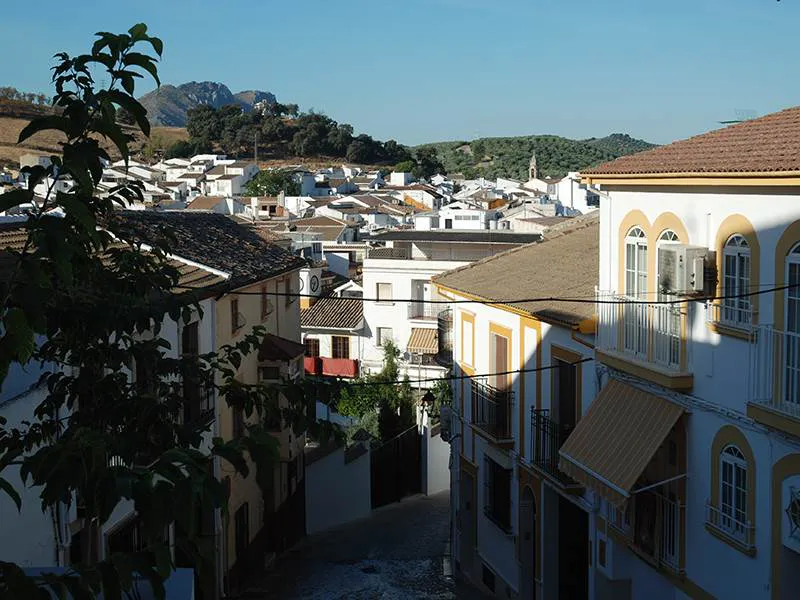
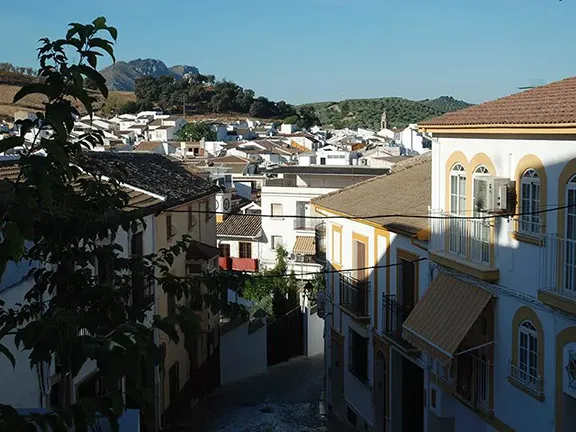
Winding streets Carcabuey
The earliest signs of habitation date back to the Bronze Age, a small settlement on top of Cerro del Castillo. The settlement was on the eastern edge of the Tartessian territory that concentrated on the valley of the Guadalquvir valley but close enough that, when the Phoenicians arrived off the coasts of Andalucia during the 9th century BC, they benefitted from the innovations brought by those traders, primarily the potter’s wheel. The Tartessian society collapsed during the 6th century BC and it was their Iberian neighbours to the north and east that took over. They called the settlement Ipolcobulca.
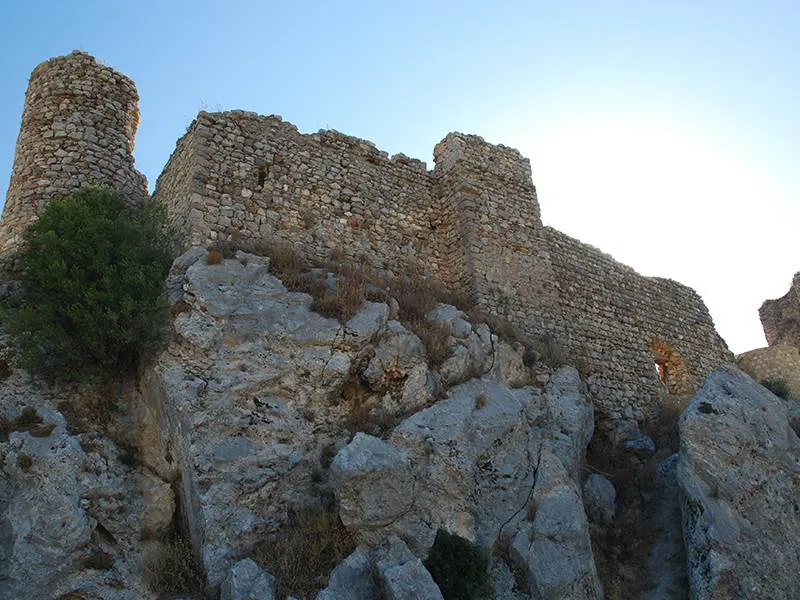
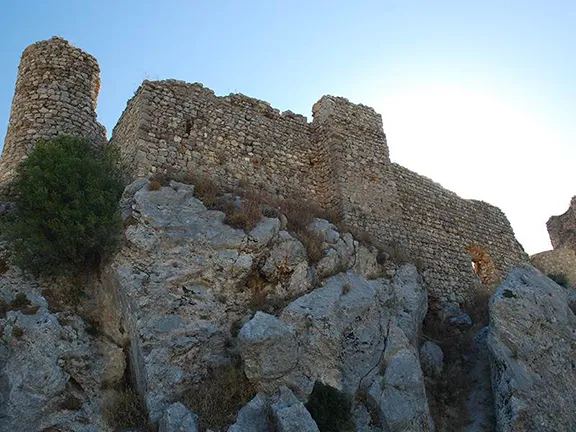
El Castillo Carcabuey
The settlement became a town when the Romans arrived, according to an inscription found on a tablet at Fuente Ubrera on the site of what is believed to be a temple to Venus, but it was not until after the Muslim conquest of the area, during the 8th century AD, that the first fortification appeared. They called the castle and the village below it Karkabuliya or Karkabul.
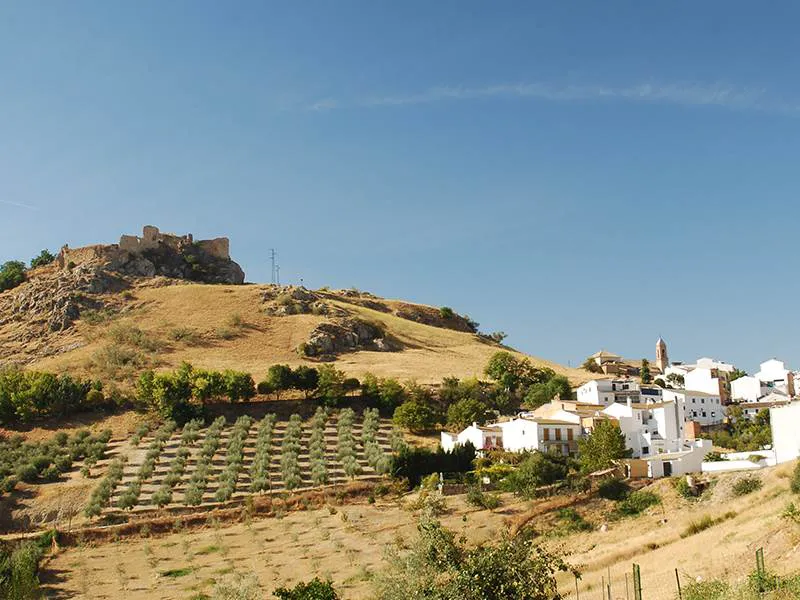
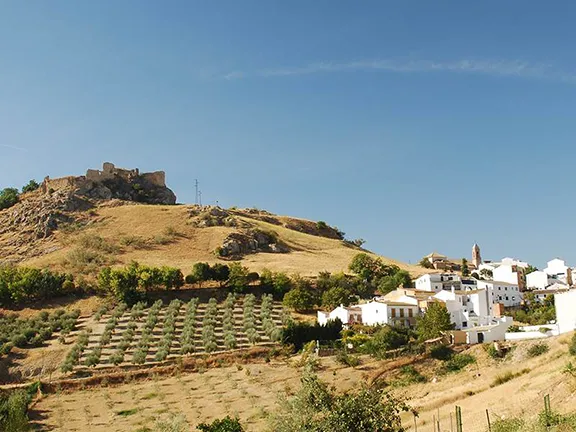
View to Carcabuey
The first castle did not last long. It was destroyed in the late 9th century BC during the rebellion led by Umar Ben Hafsun. However, it was soon rebuilt and continued to be strengthened right through to its abandonment. The ruins you see now date to the 13th and 14th centuries AD.
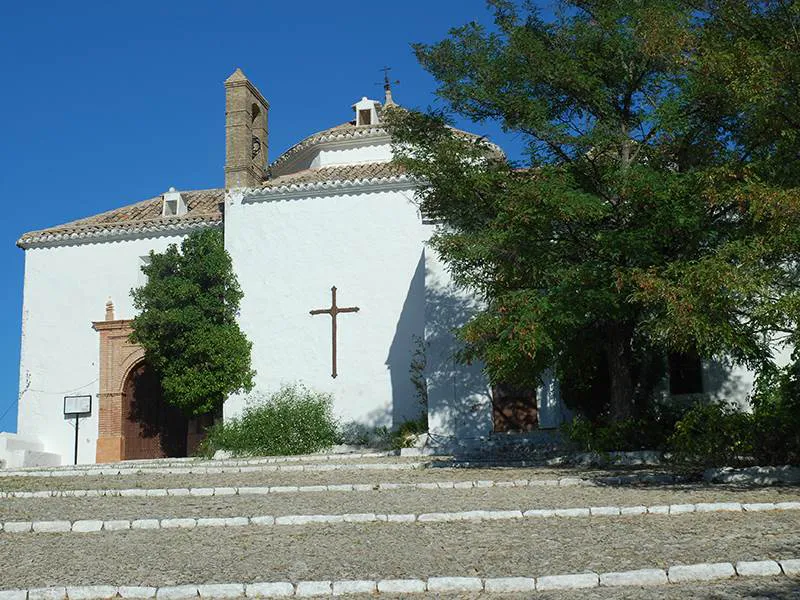
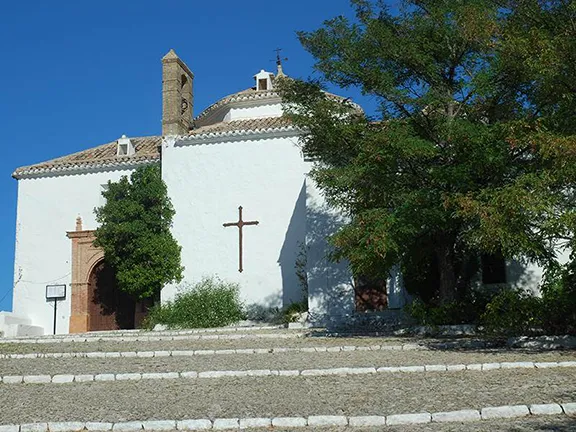
Ermita de Nuestra Señora del Castillo
Carcabuey was reconquered in 1225, during the reign of Fernando III and the castle was handed over to the Order of Calatrava. They held the castle and town until 1339 when the King of Granada, Yusuf I, retook it. King Alfonso XI recaptured Carcabuey in 1341 and it was attached to the Abbey of Alcala la Real (Jaen). In 1446 it was sold to Alonso Fernandez de Cordoba for the grand sum of 380,000 maravedies.
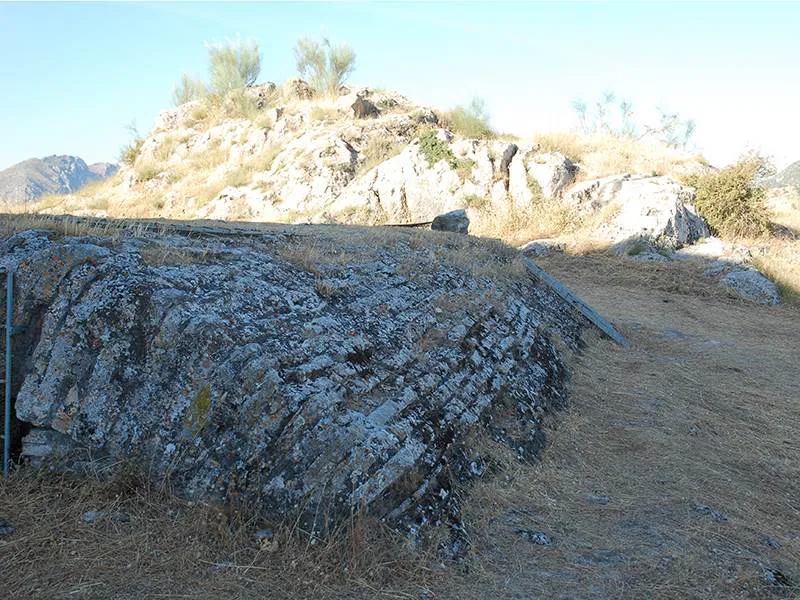
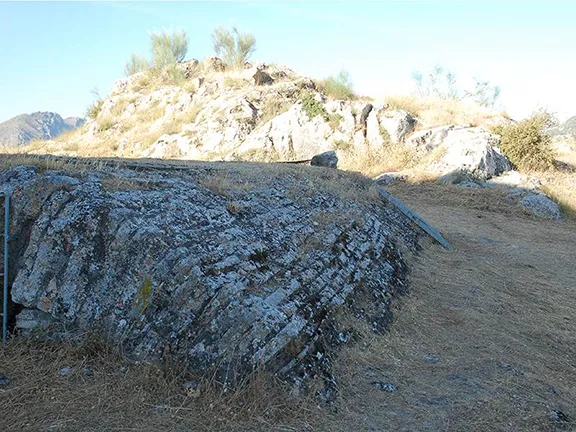
Aljibe Carcabuey Castle
There is a legend attached to the castle. In the late 13th century AD, Alfonso X was King. His son, Sancho, was plotting to remove his father from the throne. The Christian parts of Spain were divided in their support. Many of the titled landowners in the Cordoba area supported Sancho but the mayor of Carcabuey, Pero Nuño Tello, favoured the king. A rebel army laid siege to the castle but were unable to take it. In an effort to entice Tello and his army from their stronghold, Sancho spread a rumour that the secret fiancé of Nuño Tello’s daughter was waiting for her outside the fortress. The daughter crept out of the castle and ran off with her fiancé. Tello meanwhile refused to be drawn from his citadel in order to pursue his wayward daughter and Sancho failed to capture it. Tello never saw his daughter again. When Sancho became King Sancho IV, he regretted his actions and asked Pero Nuño Tello to present himself at court in Seville so that he could apologise for his ruse. Tello hanged himself rather than attend the court of his enemy. He left a note that read ‘As with the spirit I cannot be loyal to you. I send you my humanity, the unique part that never knows how to rebel’.
The castle is now a ruin. It has five towers along its walls, two square and three circular. The keep still stand within the outer walls and in what was the parade ground there is now the Ermita de Nuestra Señora del Castillo, the patron saint of the village, which was built in the 18th century AD. Entrance to the hermitage is through the still imposing castle gates.
Outside the castle walls, on the northern side is an aljibe, a water cistern. It was one of two, the other being inside the castle, and was built in the 14th century. The barrel shaped vaulted roof is still visible.
The castle stands alone on a hill. Unlike many mediaeval towns, the houses do not cluster up against the walls. Immediately below the castle is the impressive 14th century Parroquia de Nuestra Señora de la Asunción, visible from most of Carcabuey. The two edifices are a hallmark of the village.
Beneath the castle a warren of streets wend down between the whitewashed houses in typical Morisco style. Small squares contain a surprising number of café bars and a few restaurants. You will find yourself on Calle Pilarejo at the western foot of the village at the museum.
For a small town, Carcabuey has an impressive museum. Two rooms deal with the natural environment, reflecting Carcabuey’s position in the Sierra Subbéticas Geopark, and another five rooms take you from the Tartessian period through to the modern day.